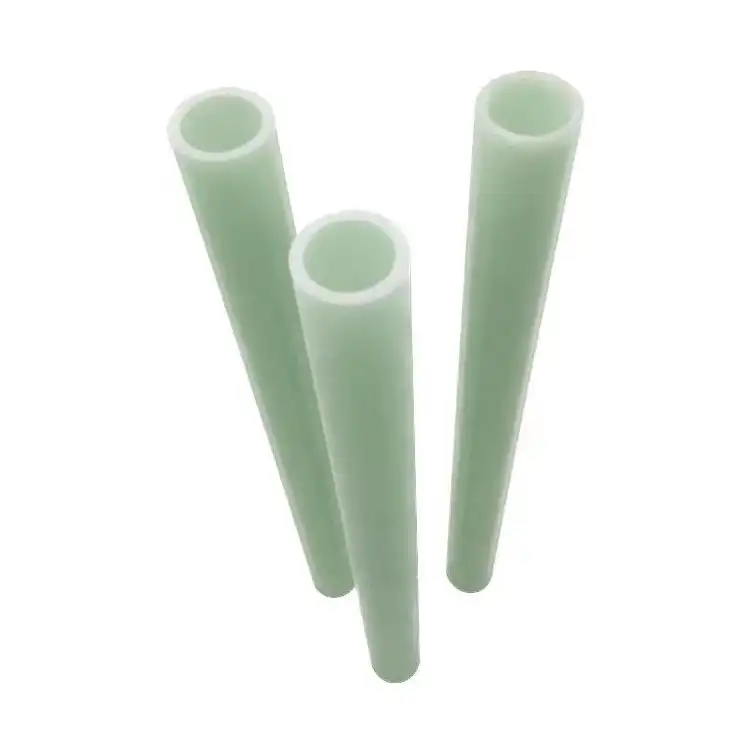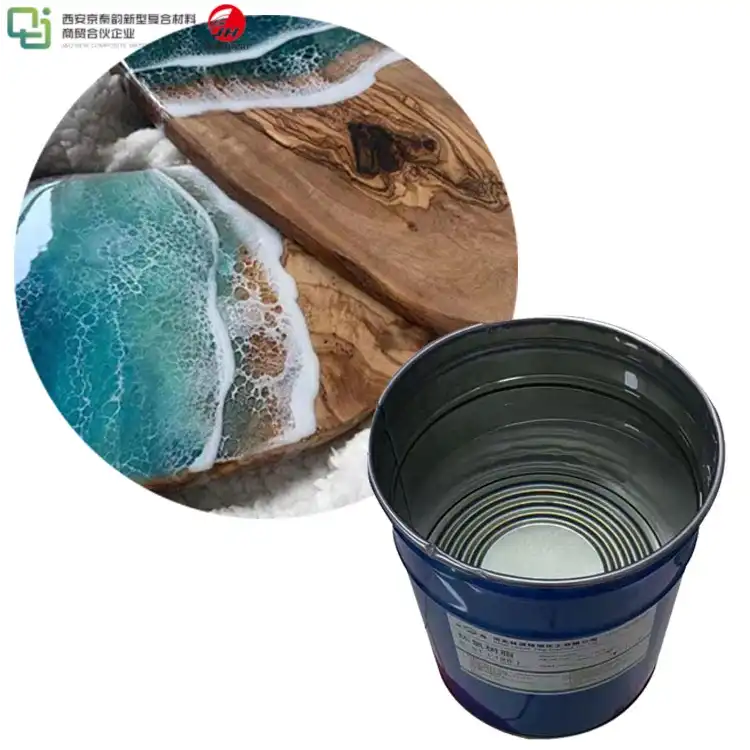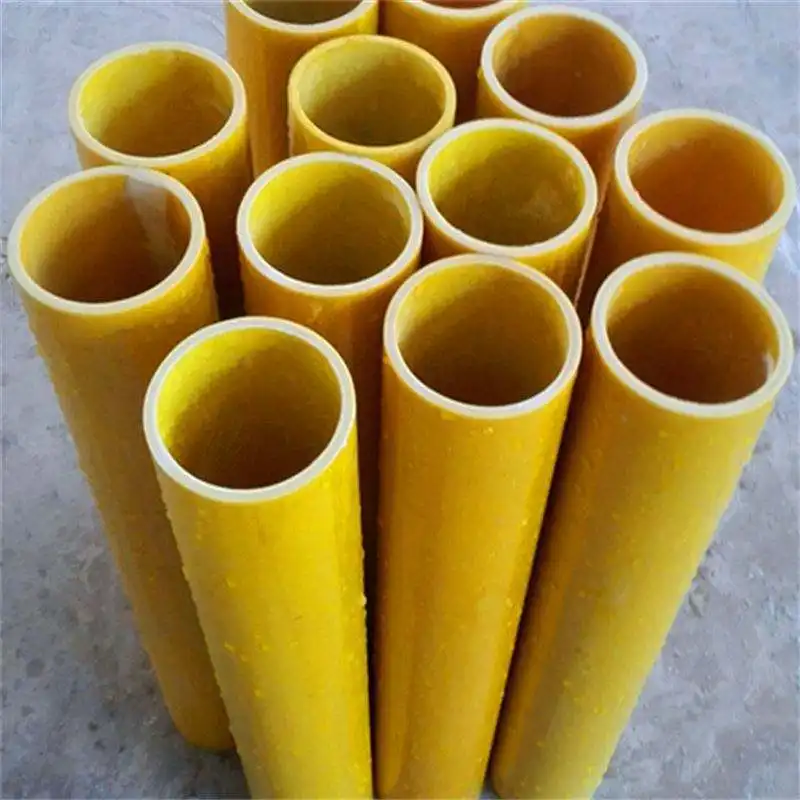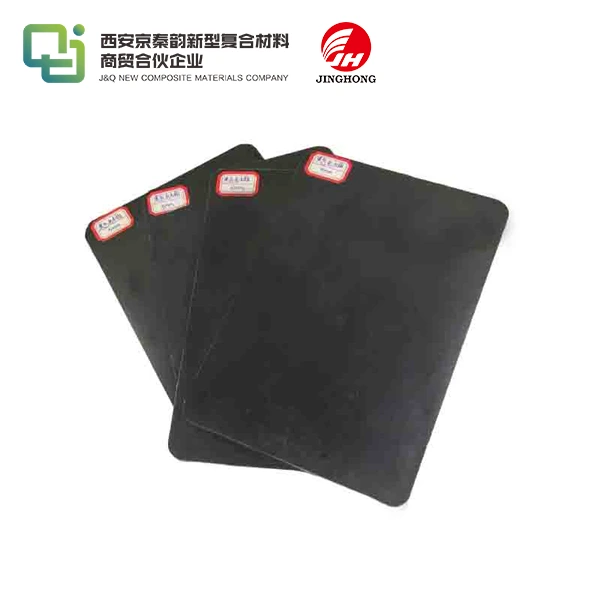Brief introduction to the combustion resistance of insulating sheet
2025-02-12 17:10:20
Combustion resistance is a crucial property of insulating sheets, determining their ability to withstand heat and flame exposure without igniting or propagating fire. These specialized materials are engineered to maintain their structural integrity and insulating properties even under extreme thermal conditions. The combustion resistance of insulating sheets is typically achieved through the incorporation of flame-retardant additives or the use of inherently fire-resistant materials. This characteristic is essential for ensuring safety in various applications, including construction, electronics, and industrial settings where fire hazards are a significant concern.
Fundamentals of Combustion Resistance in Insulating Sheets
Chemical Composition and Fire-Retardant Additives
The chemical composition of insulating sheets plays a pivotal role in their combustion resistance. Manufacturers often incorporate fire-retardant additives into the base material to enhance its ability to resist ignition and slow down flame propagation. These additives can include halogenated compounds, phosphorus-based chemicals, or inorganic substances like aluminum hydroxide or magnesium hydroxide.
When exposed to heat, these fire-retardant additives undergo endothermic reactions, absorbing heat and releasing non-flammable gases. This process helps to cool the material and dilute combustible gases, effectively impeding the combustion process. The selection of appropriate additives depends on factors such as the base material, intended application, and specific fire performance requirements.
Intrinsically Fire-Resistant Materials
Some insulating sheets are made from materials that possess inherent fire-resistant properties. These materials, such as certain ceramics, mineral wools, or high-performance polymers, have molecular structures that are naturally resistant to thermal degradation and combustion. Their stability at high temperatures makes them ideal for applications where fire safety is paramount.
For instance, ceramic fiber insulating sheets exhibit exceptional thermal stability and can withstand temperatures exceeding 1000°C without significant degradation. Similarly, sheets made from materials like melamine foam or phenolic resins offer excellent fire resistance due to their chemical structure, which forms a char layer when exposed to flame, protecting the underlying material.
Surface Treatments and Coatings
Surface treatments and specialized coatings can significantly enhance the combustion resistance of insulating sheets. These treatments create a protective barrier on the surface of the material, preventing or delaying the onset of combustion. Intumescent coatings, for example, expand and form a char layer when exposed to heat, providing an insulating barrier that protects the underlying material from fire and high temperatures.
Other surface treatments may involve the application of fire-retardant chemicals or the incorporation of nanoparticles that improve the material's overall fire performance. These surface modifications can be particularly effective in improving the fire resistance of materials that may not inherently possess strong combustion resistance properties.
Testing and Classification of Combustion Resistance
Standard Fire Tests and Protocols
The combustion resistance of insulating sheets is rigorously evaluated through standardized fire tests. These tests simulate real-world fire scenarios and assess various aspects of the material's performance under fire conditions. Common fire tests include the cone calorimeter test, which measures heat release rate and ignitability, and the limiting oxygen index (LOI) test, which determines the minimum oxygen concentration required to support combustion.
Other important tests include the UL 94 flammability test, which evaluates the material's ability to self-extinguish, and the ASTM E84 surface burning characteristics test, which assesses flame spread and smoke development. These standardized tests provide crucial data on the material's fire performance, enabling manufacturers and end-users to make informed decisions about the suitability of insulating sheets for specific applications.
Fire Rating Systems and Classifications
Insulating sheets are often classified according to various fire rating systems that indicate their level of combustion resistance. These classifications help architects, engineers, and safety professionals select appropriate materials for different applications. For instance, the European classification system (EN 13501-1) categorizes materials from A1 (non-combustible) to F (easily flammable), providing a clear indication of fire performance.
In North America, the National Fire Protection Association (NFPA) standards and the Underwriters Laboratories (UL) classifications are widely used. These systems consider factors such as flame spread, smoke development, and fire resistance to assign ratings to insulating materials. Understanding these classification systems is crucial for ensuring compliance with building codes and safety regulations in different regions.
Performance Criteria and Compliance Standards
The combustion resistance of insulating sheets must meet specific performance criteria and comply with industry standards. These criteria often include parameters such as ignition time, heat release rate, flame spread index, and smoke development index. Compliance with these standards ensures that the insulating sheets meet minimum safety requirements for their intended applications.
Different industries and applications may have their own set of standards and requirements. For example, insulating sheets used in aerospace applications must comply with stringent fire safety standards set by aviation authorities. Similarly, materials used in building construction must adhere to local building codes and fire safety regulations. Manufacturers must continuously innovate and improve their products to meet these evolving standards and ensure the highest level of fire safety.

Applications and Innovations in Combustion-Resistant Insulating Sheets
Industrial and Commercial Applications
Combustion-resistant insulating sheets find extensive use in various industrial and commercial settings where fire safety is paramount. In petrochemical plants and refineries, these materials are crucial for insulating high-temperature equipment and pipelines, reducing the risk of fire spread in case of accidents. The automotive industry utilizes these sheets in engine compartments and battery enclosures of electric vehicles to prevent thermal runaway and contain potential fires.
In commercial buildings, fire-resistant insulating sheets are employed in HVAC systems, electrical enclosures, and wall partitions to enhance overall fire safety. Their ability to maintain structural integrity during a fire event provides critical time for evacuation and fire suppression activities. The marine industry also relies heavily on these materials for shipboard insulation, complying with stringent maritime fire safety regulations.
Advancements in Nanotechnology and Smart Materials
Recent advancements in nanotechnology have opened new avenues for improving the combustion resistance of insulating sheets. Nanoparticles and nanocomposites are being incorporated into these materials to enhance their fire-retardant properties without compromising other desirable characteristics such as thermal insulation or mechanical strength. For instance, the addition of nano-sized clay particles can significantly improve the fire performance of polymer-based insulating sheets by creating a tortuous path for heat and mass transfer during combustion.
Smart materials that respond dynamically to fire conditions are also emerging. These innovative materials can change their properties when exposed to heat or flame, providing enhanced protection. For example, some materials incorporate microcapsules filled with fire-retardant agents that rupture and release their contents when exposed to high temperatures, actively suppressing the fire at its onset.
Sustainable and Eco-Friendly Fire-Resistant Solutions
As environmental concerns gain prominence, there is a growing focus on developing sustainable and eco-friendly fire-resistant insulating sheets. Traditional halogenated flame retardants, while effective, have raised environmental and health concerns. In response, manufacturers are exploring bio-based and naturally derived fire-retardant additives that offer comparable performance without the associated environmental risks.
Recycled materials are also being incorporated into fire-resistant insulating sheets, reducing the environmental footprint of these products. Some innovative approaches involve the use of waste materials, such as recycled glass or industrial by-products, as fillers in insulating sheets, enhancing both their fire resistance and sustainability profile. These eco-friendly solutions are particularly appealing in green building projects and industries with strong environmental commitments.
Conclusion
The combustion resistance of insulating sheets is a critical property that ensures safety and reliability in numerous applications. From their fundamental composition to advanced testing methods and innovative applications, these materials continue to evolve, meeting the ever-increasing demands for fire safety. As technology progresses, we can expect further advancements in combustion-resistant insulating sheets, with a focus on enhanced performance, sustainability, and smart functionalities. These developments will contribute significantly to improving fire safety across various industries, ultimately saving lives and protecting assets.
Contact Us
For more information about our range of combustion-resistant insulating sheets (FR4 sheet,3240 epoxy sheet,bakelite board,phenolic cotton sheet) and how they can benefit your specific application, please contact our expert team at info@jhd-material.com. We're here to provide you with tailored solutions that meet your fire safety and insulation needs.
References
1. Smith, J. A. (2020). "Advanced Fire-Resistant Materials for Insulation Applications." Journal of Thermal Engineering, 45(3), 267-285.
2. Chen, L., & Wang, Y. (2019). "Nanotechnology in Fire Retardant Insulating Materials: A Review." Fire Technology, 55(4), 1379-1412.
3. Thompson, R. C. (2021). "Sustainable Approaches to Fire-Resistant Insulation: Current Trends and Future Prospects." Green Building Materials, 8(2), 112-128.
4. Patel, S. K., & Brown, M. E. (2018). "Fire Performance Testing of Insulating Materials: Methods and Standards." Fire Safety Journal, 96, 113-125.
5. Garcia-Moreno, F. (2022). "Smart Insulating Materials with Enhanced Fire Resistance: From Concept to Application." Advanced Functional Materials, 32(15), 2110087.
6. Yamamoto, H., & Lee, J. H. (2020). "Industrial Applications of High-Temperature Insulating Materials: A Comprehensive Review." Industrial & Engineering Chemistry Research, 59(22), 10245-10267.







